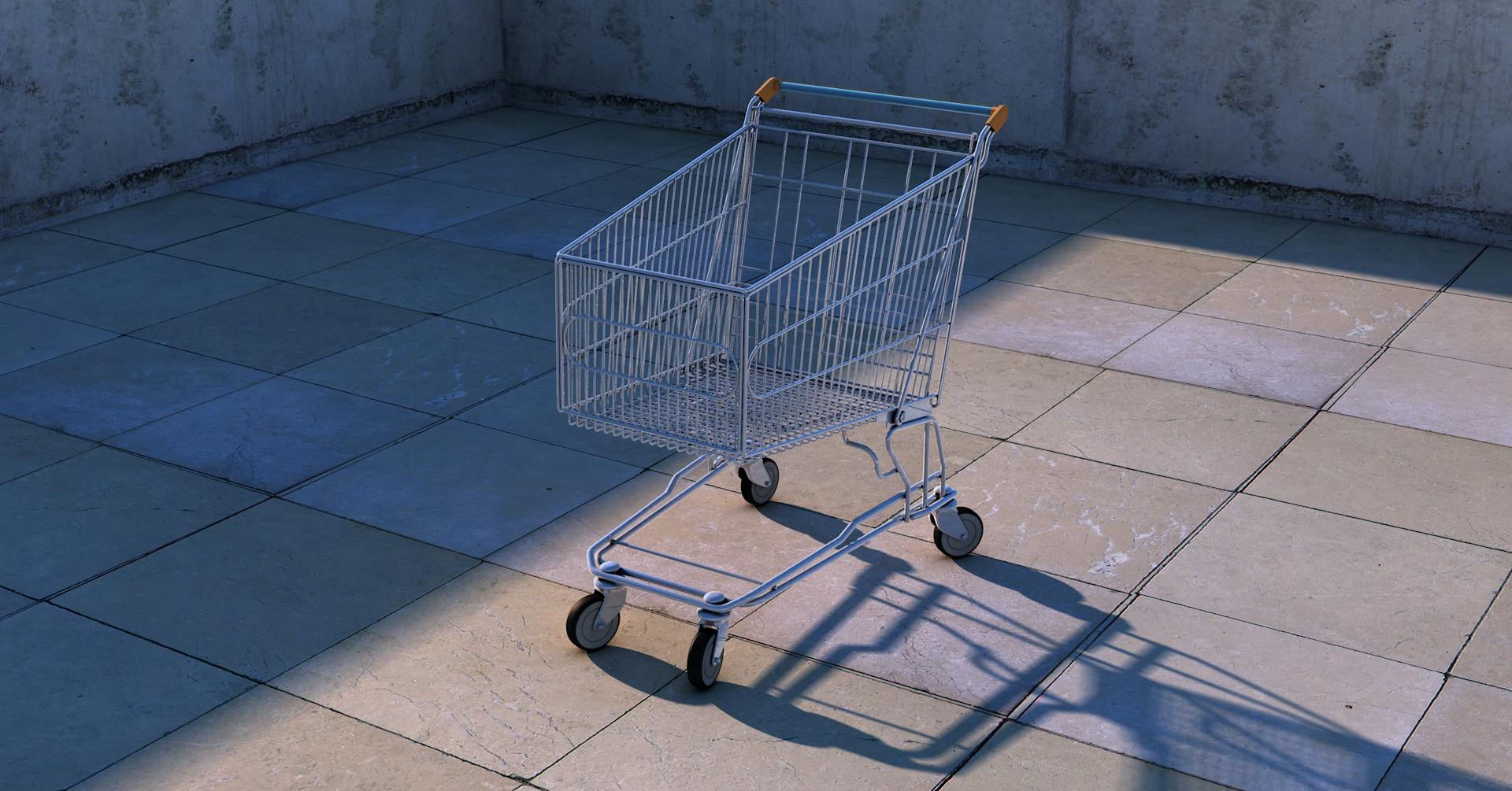U.S. News
17 Foods That Got So Expensive, People Aren’t Buying Them Anymore
By Jake Beardslee · July 30, 2025
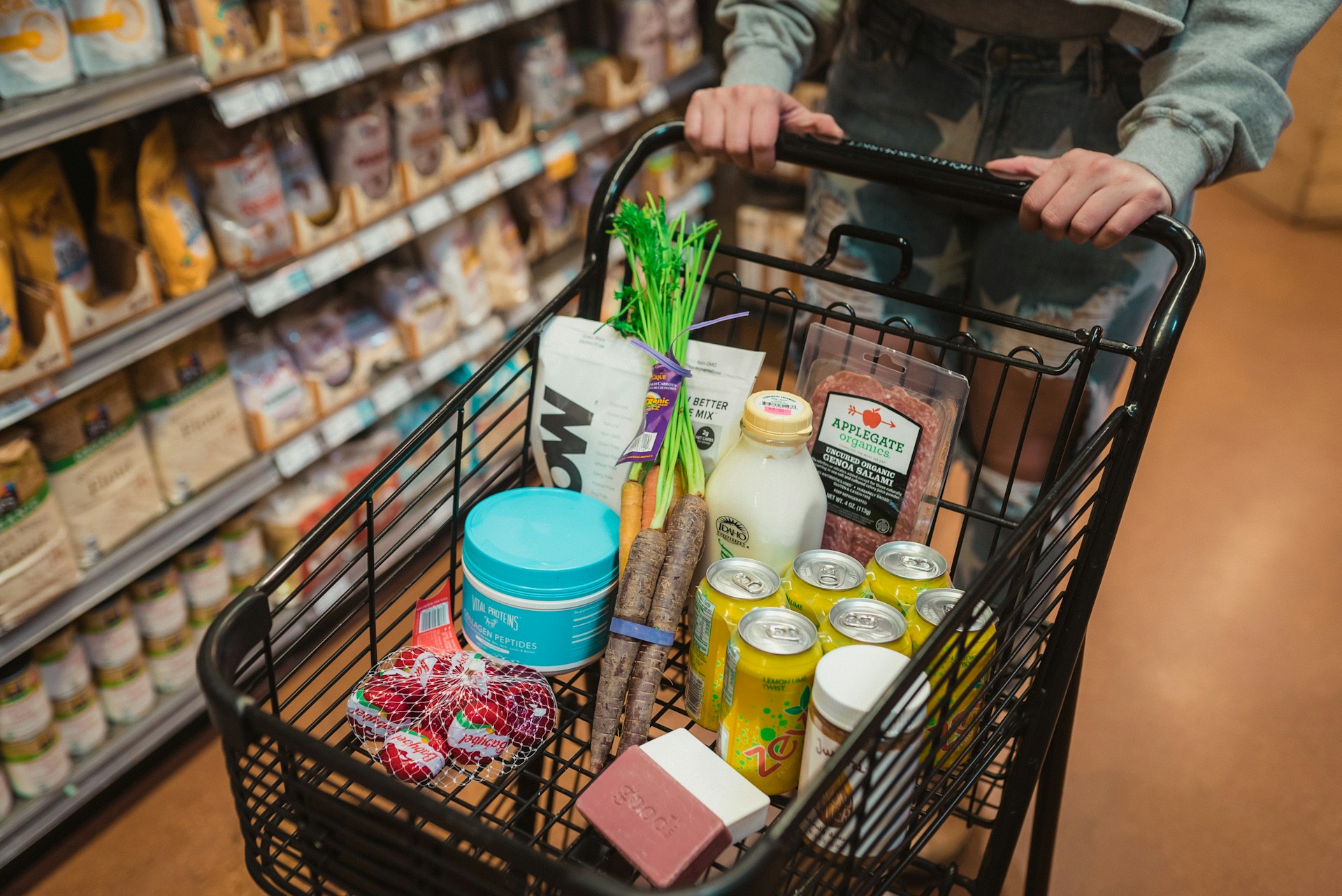
17 Foods That Got So Expensive, People Aren’t Buying Them Anymore
For many Americans, a trip to the grocery store now comes with a side of financial anxiety. The cost of common food staples has risen sharply, leaving shoppers reconsidering what they can afford to keep in their carts. From once-affordable proteins to indulgent treats, price tags are pushing even basic items into luxury territory.Here’s a look at 17 grocery items that have gotten so expensive, some people are simply saying no. Karsten Winegeart / Unsplash
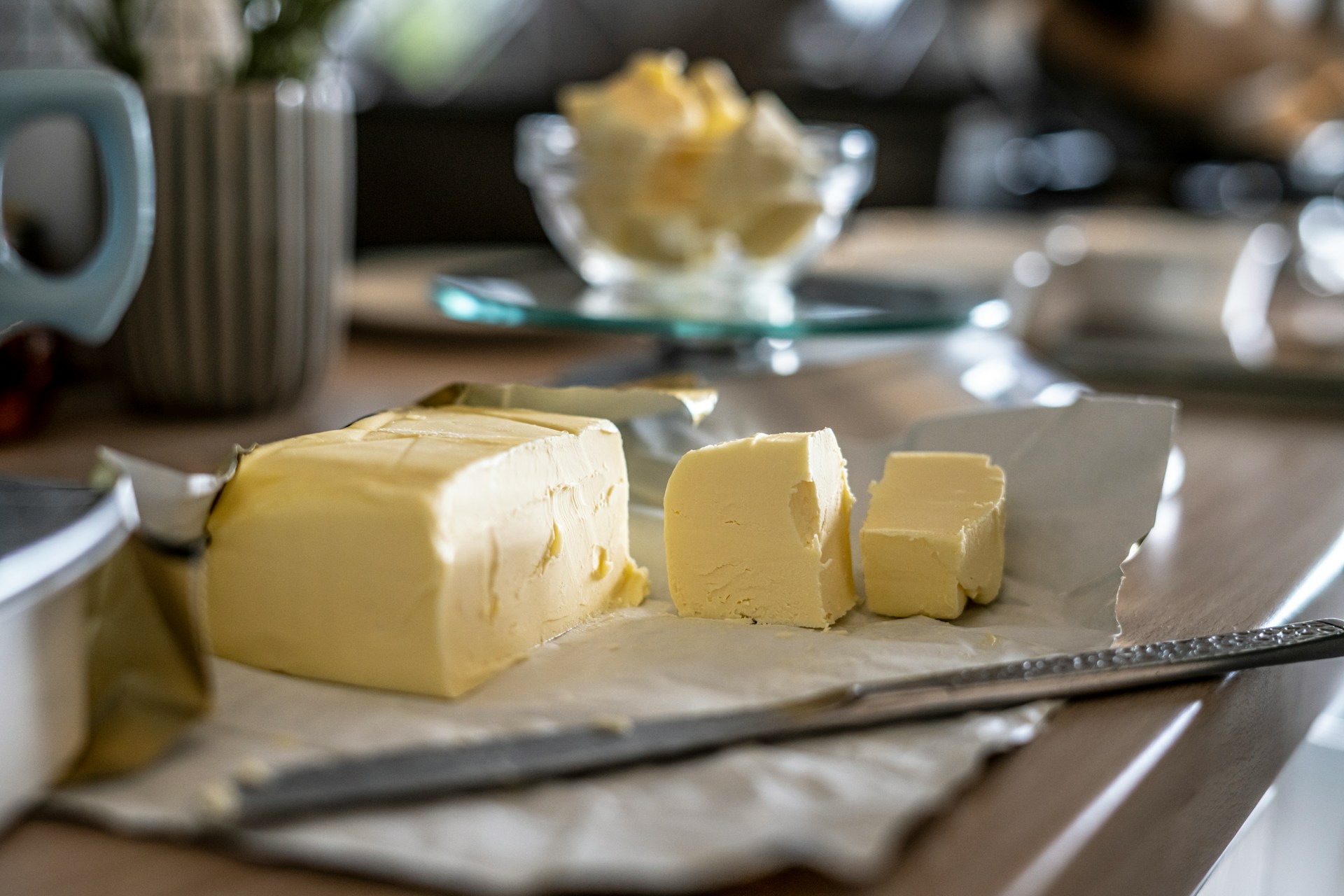
Real Butter
Butter is a kitchen essential, but its price has soared in recent months. Between higher dairy production costs and supply chain delays, even basic sticks are now surprisingly pricey. Many people are reluctantly turning to margarine or plant-based spreads instead. For longtime butter lovers, it’s a tough adjustment. Sorin Gheorghita / Unsplash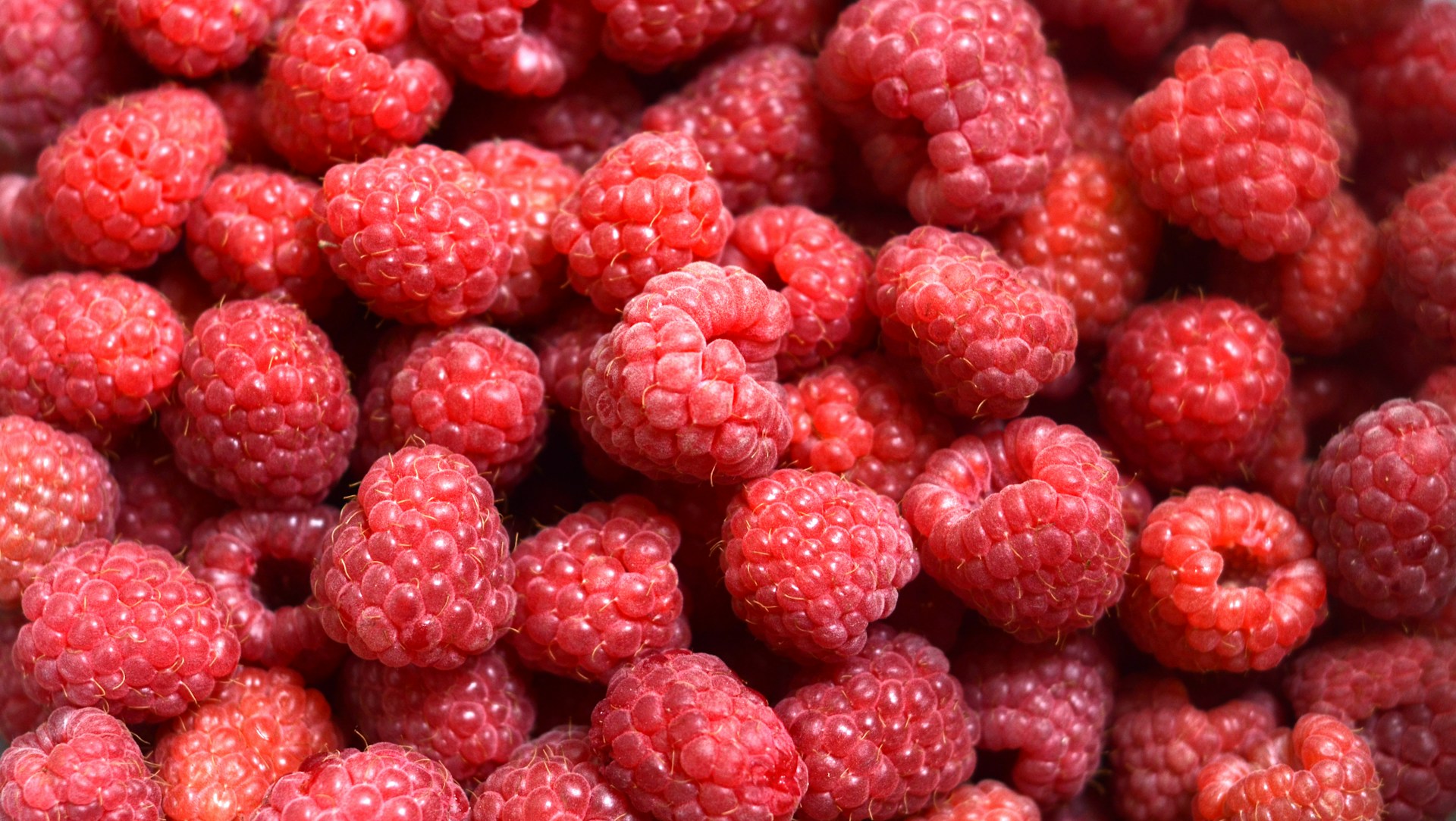
Fresh Berries
Fresh berries have always been a bit more expensive, but now they feel downright luxurious. Rising transportation and labor costs have pushed prices even higher. Shoppers looking for healthy snacks are turning to frozen berries as a cheaper alternative. They’re just as nutritious—and a lot easier on the wallet. Viktor Talashuk / Unsplash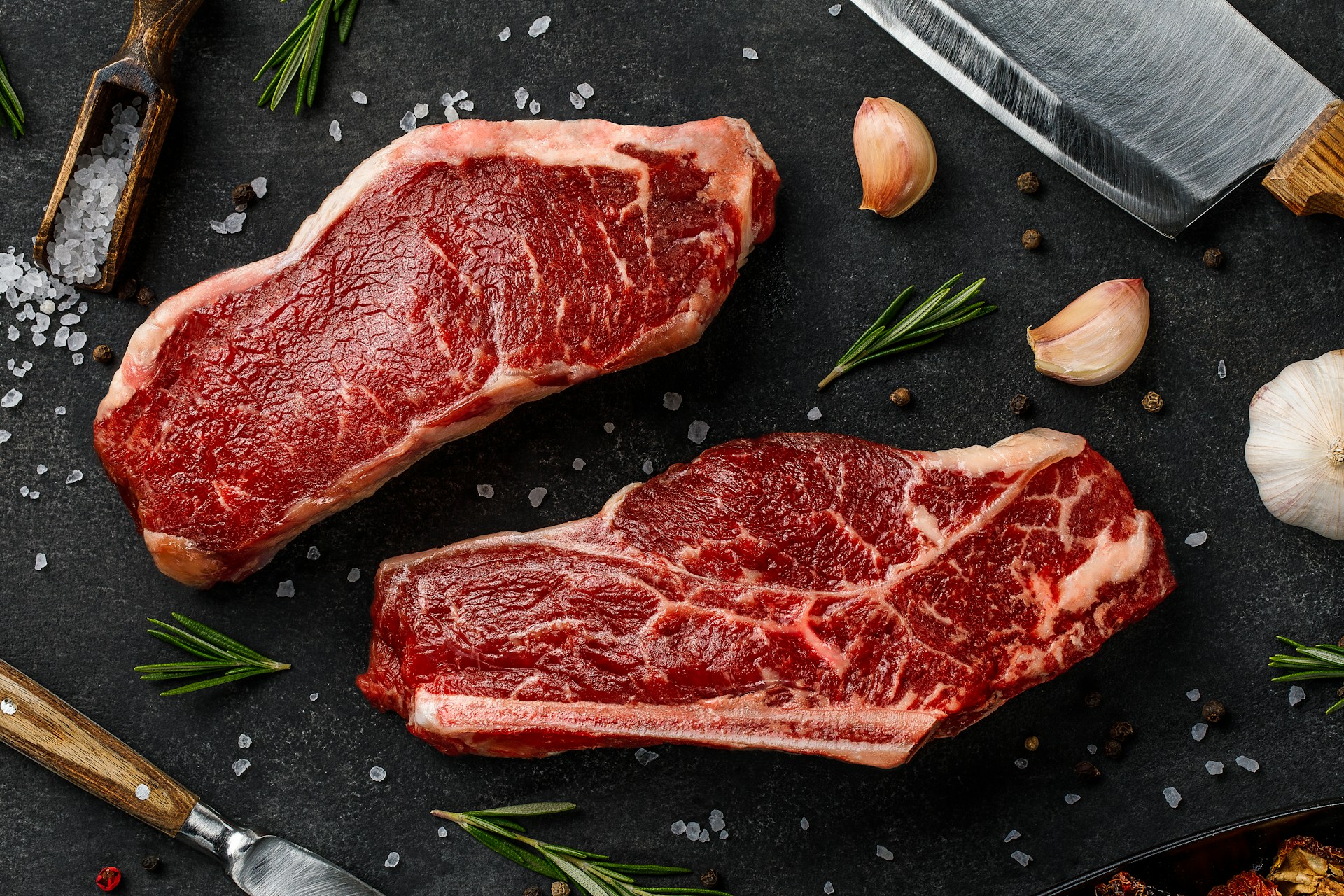
Beef
Beef used to be a weekly staple for many families, but now it’s seen as a splurge. Prices have jumped across the board, even for ground beef. More and more people are swapping in pork, chicken, or plant-based proteins instead. It’s a shift that’s reshaping dinner plates across the country. Sergey Kotenev / Unsplash
Coffee
That daily cup of coffee is getting harder to justify. Climate issues in coffee-producing regions and supply chain problems have driven up prices. While some people still won’t skip their caffeine fix, many are switching to cheaper beans or brewing methods. For others, it’s meant cutting back altogether. Jakub Dziubak / Unsplash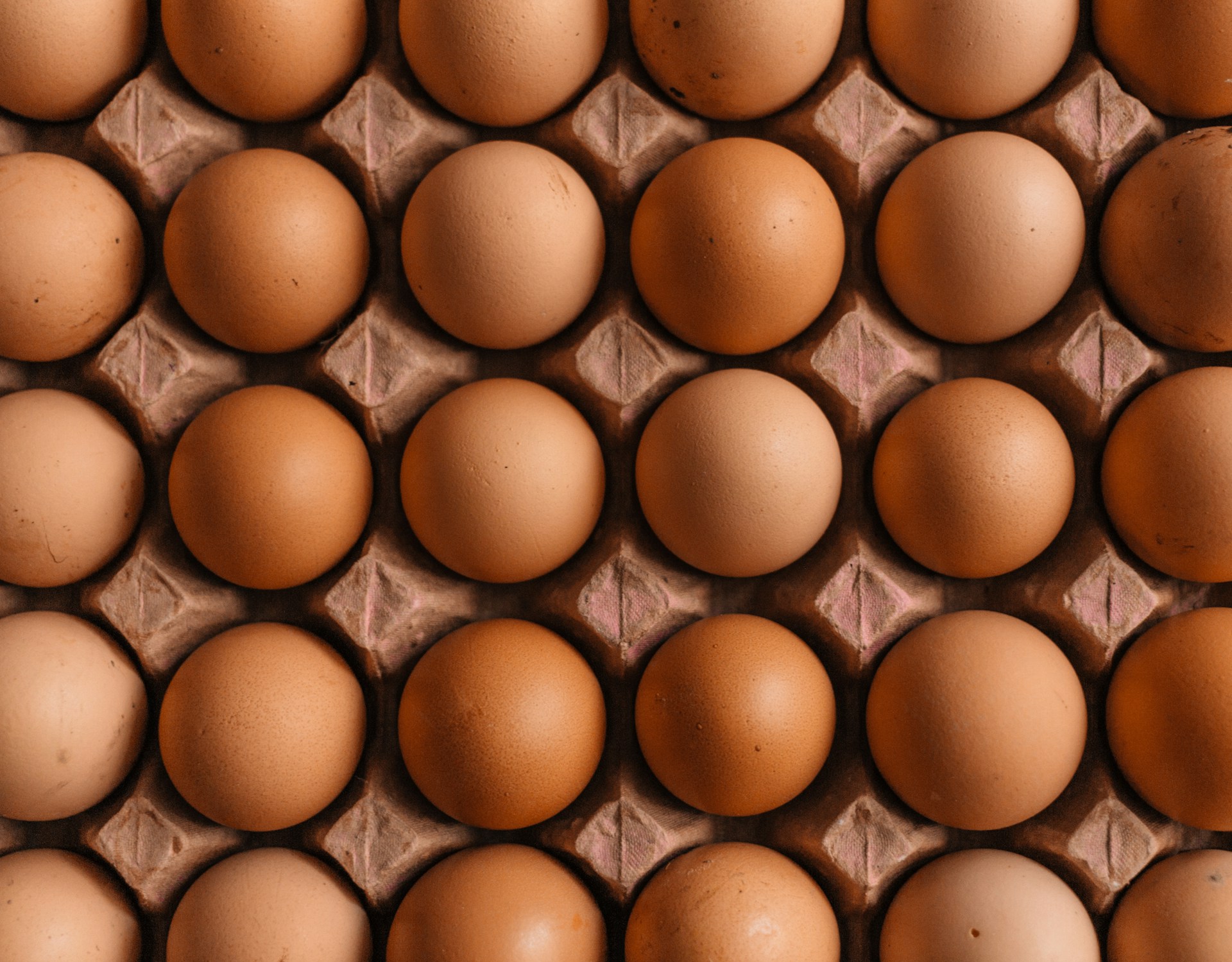
Organic Eggs
Eggs were once a go-to for affordable protein, but even they’ve taken a hit—especially organic and free-range kinds. The jump in prices has left many shoppers stunned. Some are switching to conventional eggs, while others are avoiding them entirely. It’s a big shift for such a breakfast staple. Erol Ahmed / Unsplash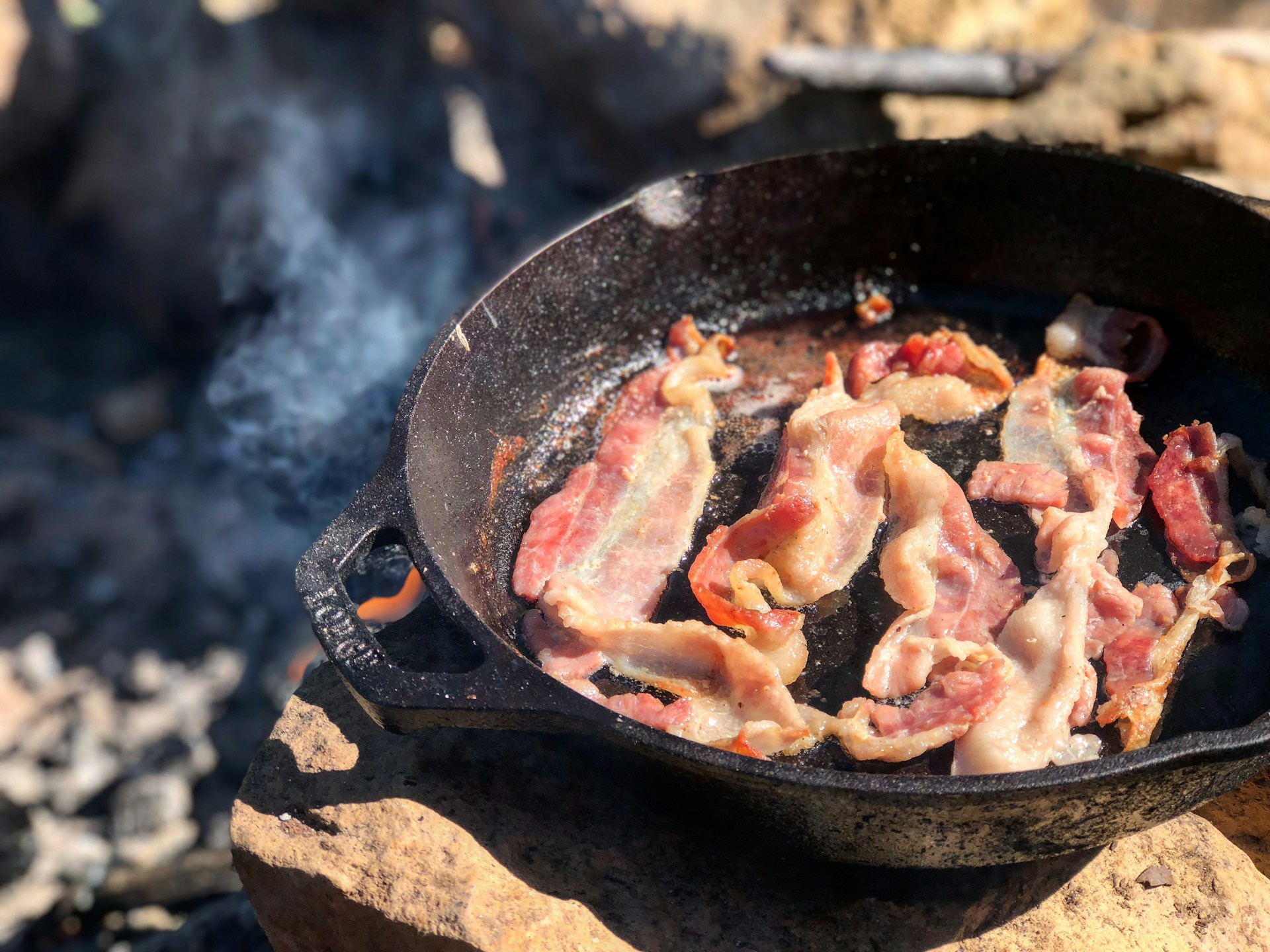
Bacon
Bacon has always been a fan favorite, but its price tag isn’t as tempting these days. Increased feed costs and supply challenges in the pork industry have made it one of the most expensive breakfast items. Many families are cutting back or switching to turkey bacon. For now, the sizzle isn’t worth the cost. Casey DeViese / Unsplash
Olive Oil
A pantry staple for cooking and dressings, olive oil is becoming a lot less affordable. Harvest issues and shipping expenses have driven prices up across brands. Budget-conscious shoppers are switching to cheaper oils like canola or sunflower. It’s a subtle but significant change in many kitchens. Fulvio Ciccolo / Unsplash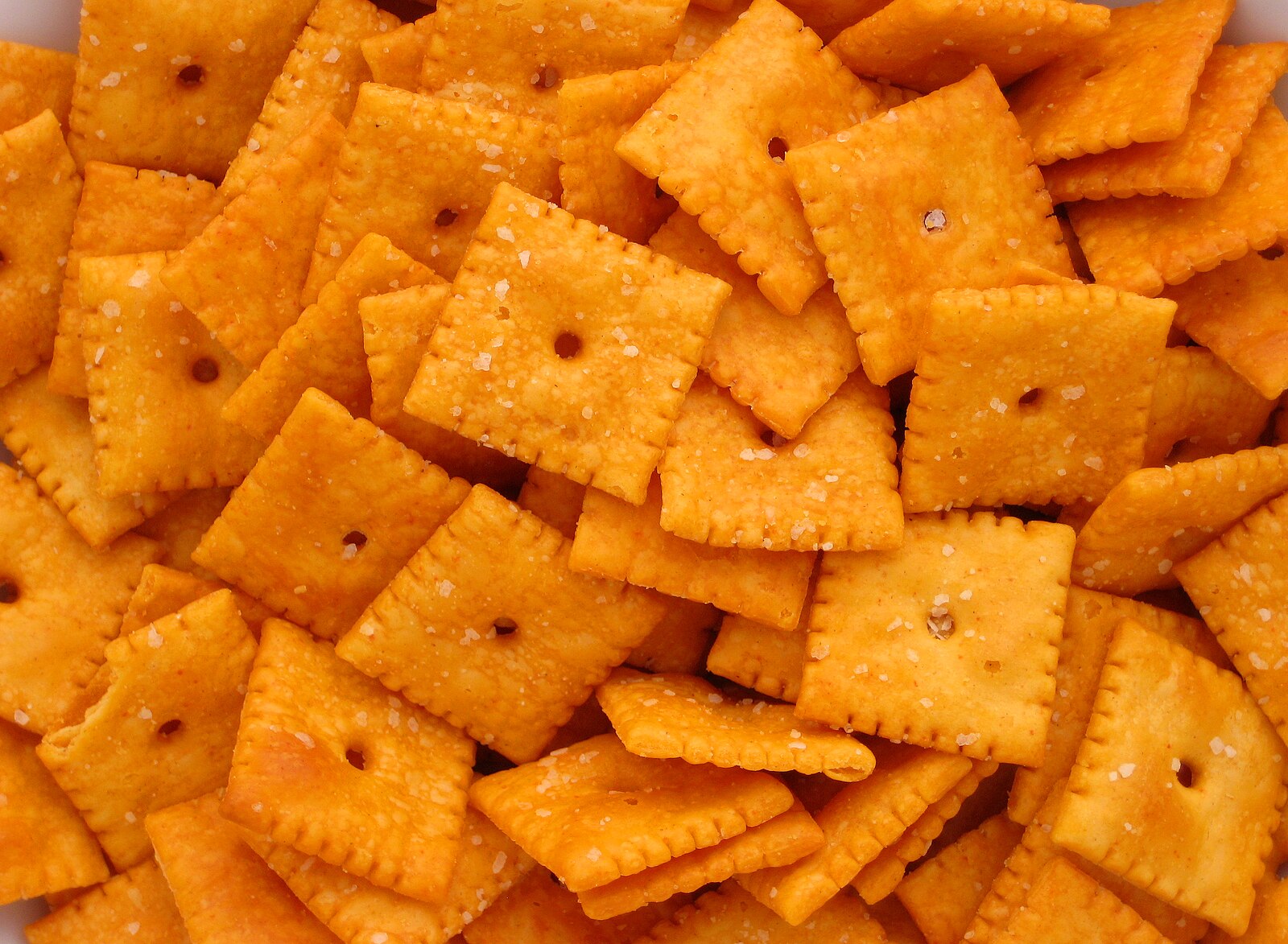
Packaged Snacks
Chips, crackers, and other packaged snacks are quietly getting more expensive. The rising cost of ingredients and packaging is a big reason why. People who used to toss a few snacks in the cart without thinking are now rethinking the habit. Some are turning to homemade snacks or skipping them altogether. Evan-Amos / Wikimedia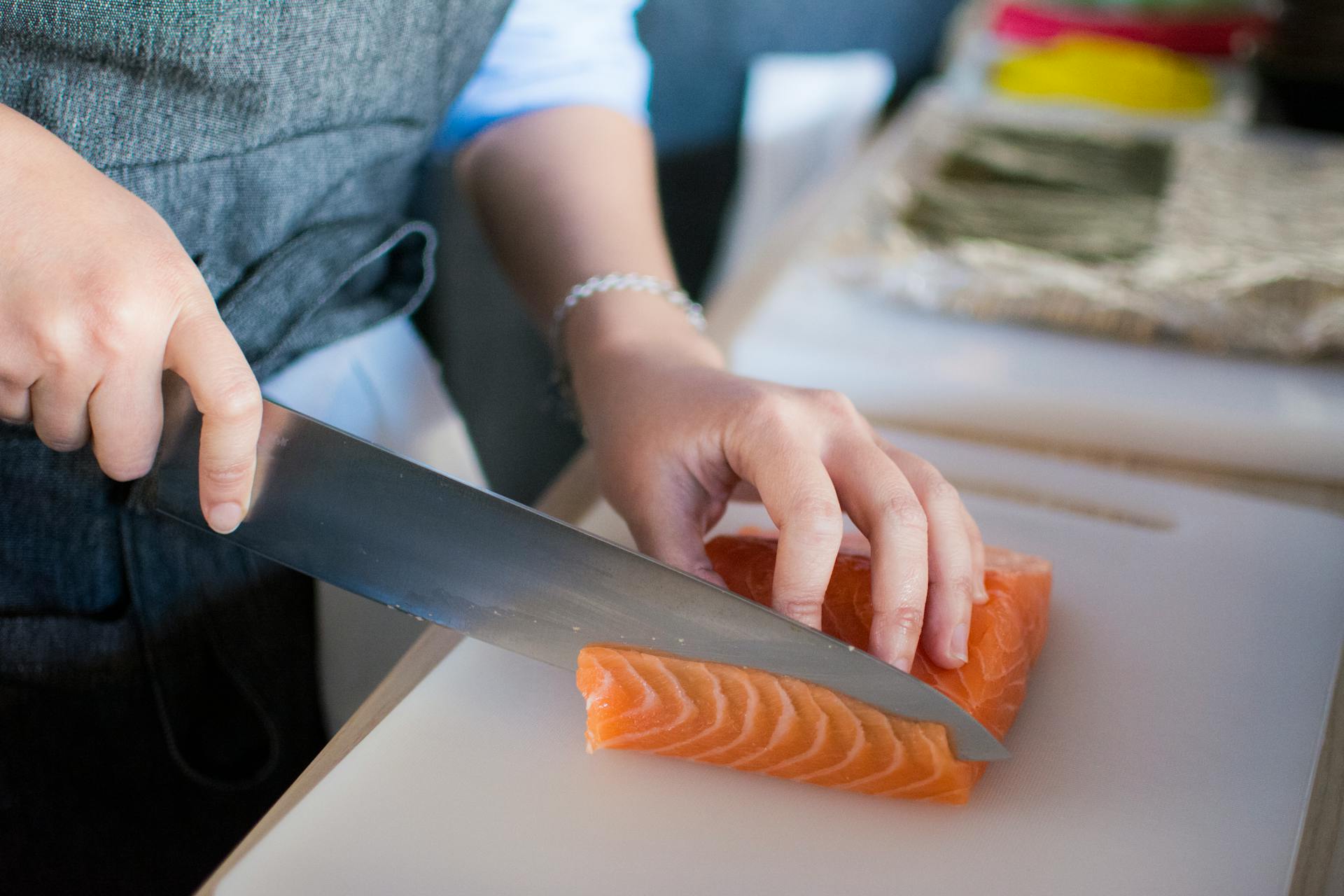
Fresh Salmon
Salmon has always been on the pricier side, but now it’s becoming harder to justify. High demand and costly transportation have pushed prices up. Shoppers looking for omega-3s are opting for canned fish or cheaper alternatives. It’s still healthy—but not quite as satisfying. Huy Phan / Pexels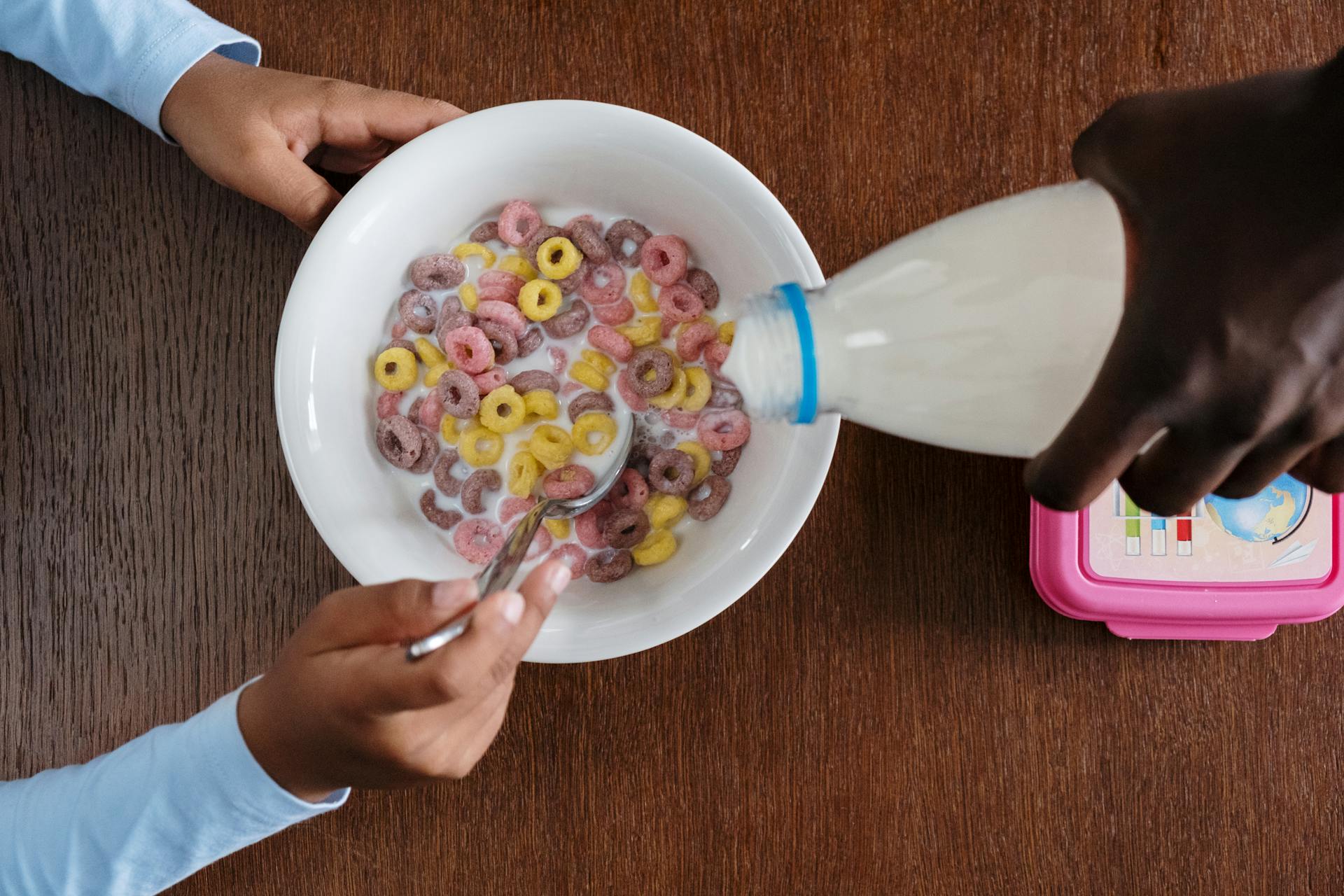
Milk
The price of milk has crept up thanks to feed, fuel, and distribution expenses. For families with kids, the impact adds up quickly. Some are choosing store-brand versions or switching to plant-based alternatives. Others are cutting back on how much they use altogether. cottonbro studio / Pexels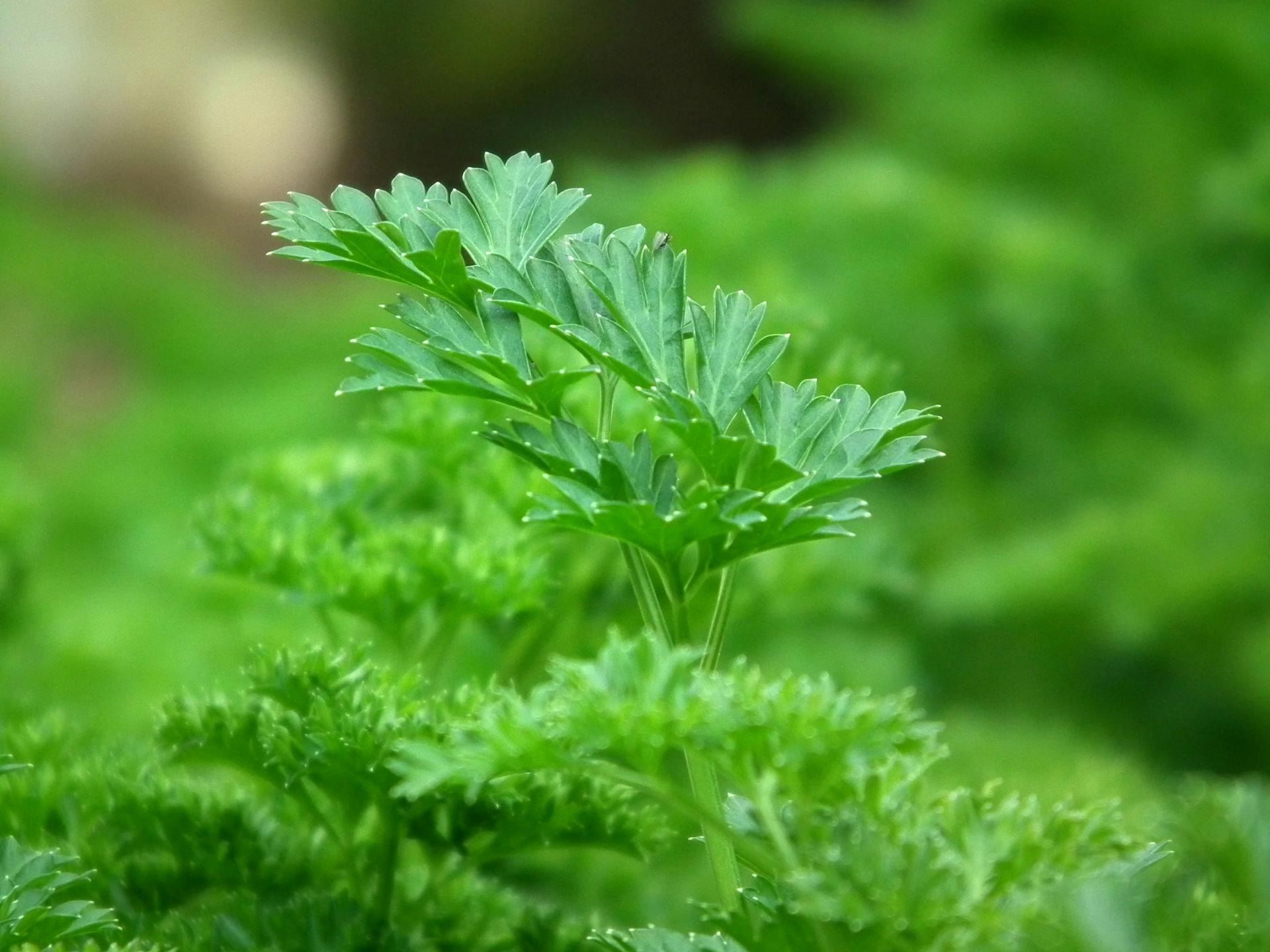
Fresh Herbs
Fresh herbs like cilantro, basil, and parsley are great for flavor—but terrible for the budget. Their short shelf life makes them feel like a waste when prices are high. Many shoppers are skipping them or growing their own at home. It’s a small change that makes a big difference. Pixabay / Pexels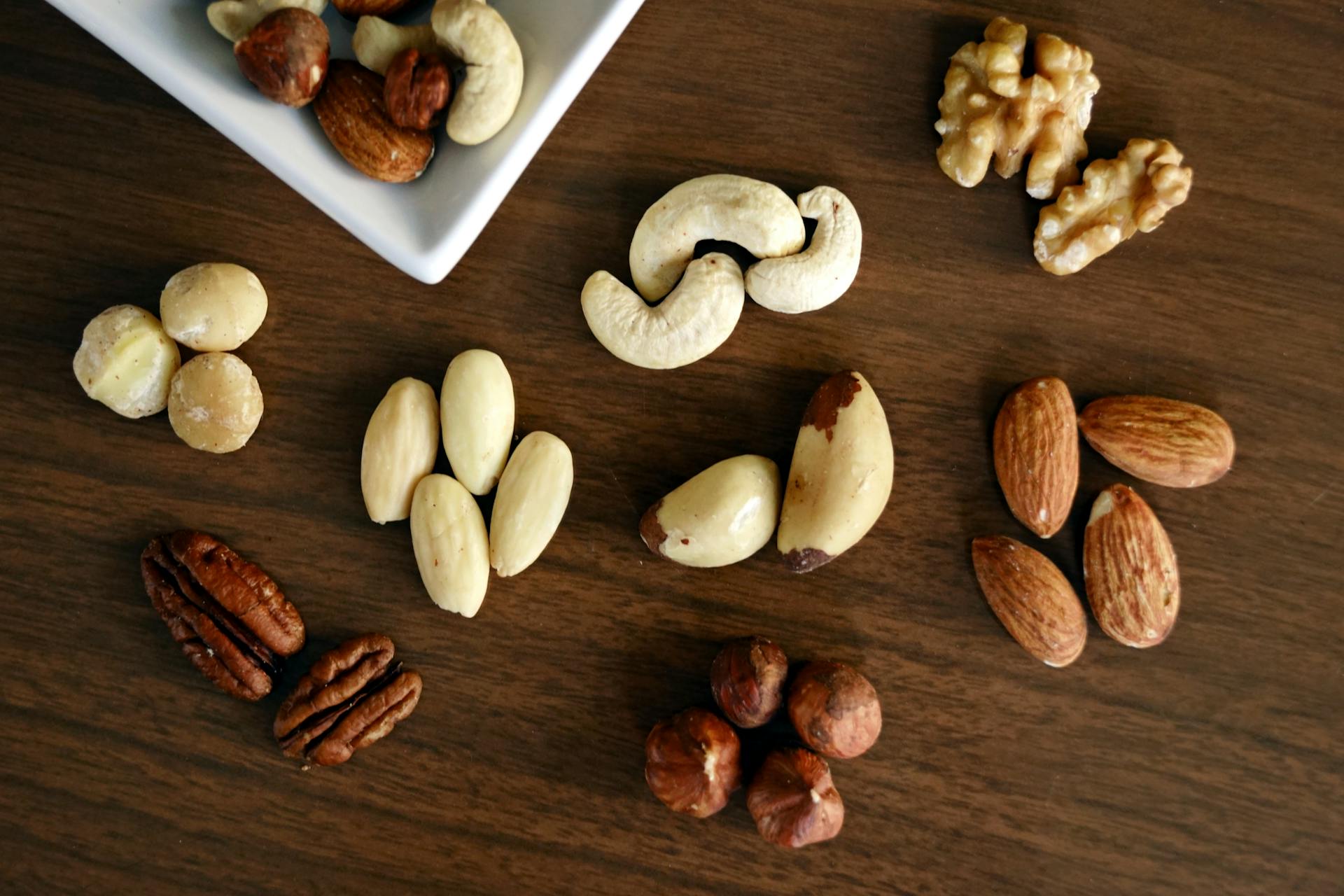
Nuts
Nuts were once considered a healthy snack, but their price has gotten hard to swallow. Droughts and high transport costs have made almonds, cashews, and walnuts especially expensive. People looking for a protein-packed snack are turning to cheaper options. Some are cutting them out entirely. Marta Branco / Pexels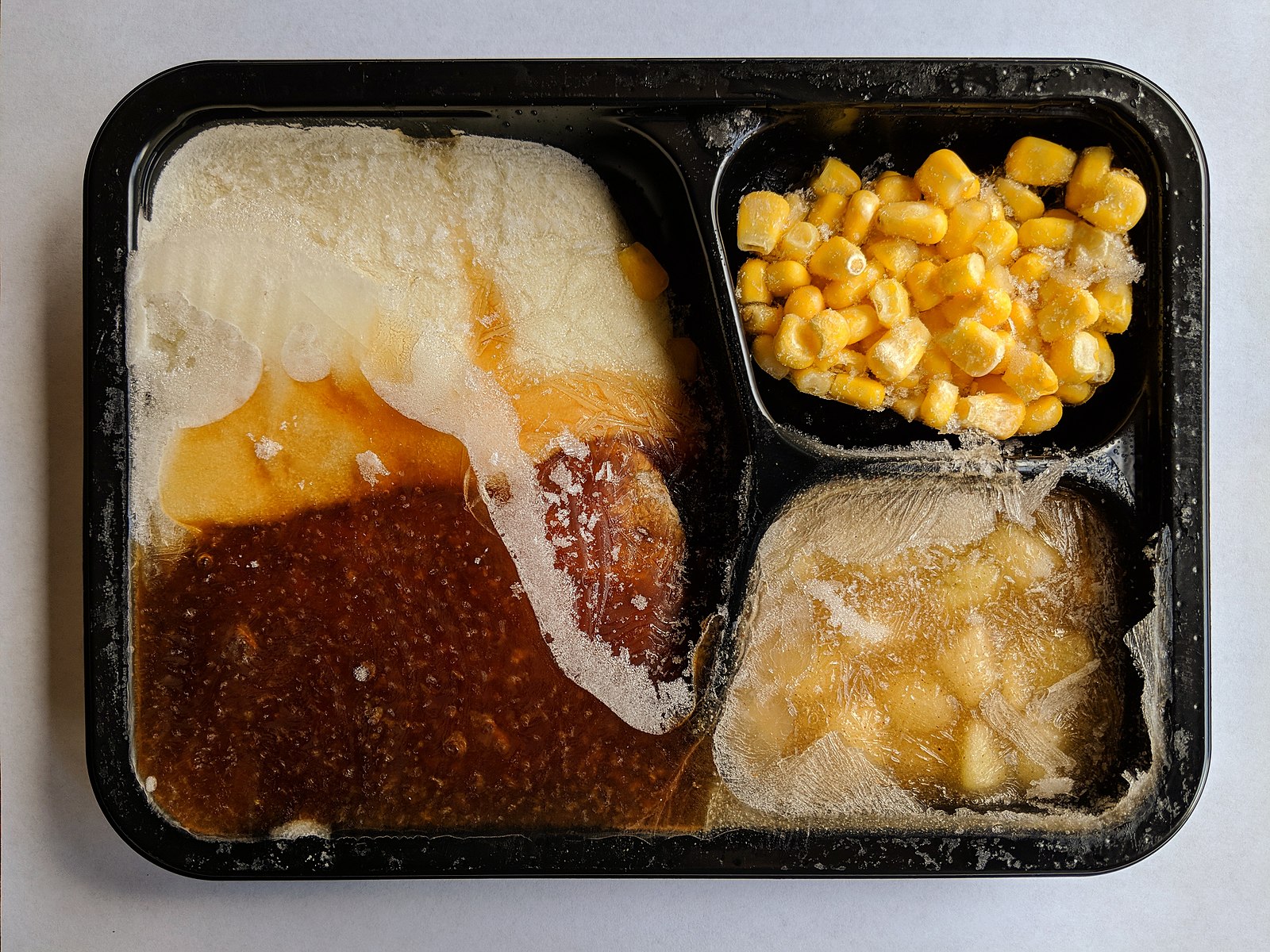
Frozen Dinners
Frozen meals used to be an easy way to save time, but they’re not such a bargain anymore. As prices rise, more people are cooking at home and freezing their own leftovers. It takes more effort—but saves money in the long run. The convenience just isn’t worth the extra cost. Sir Beluga, CC0, via Wikimedia Commons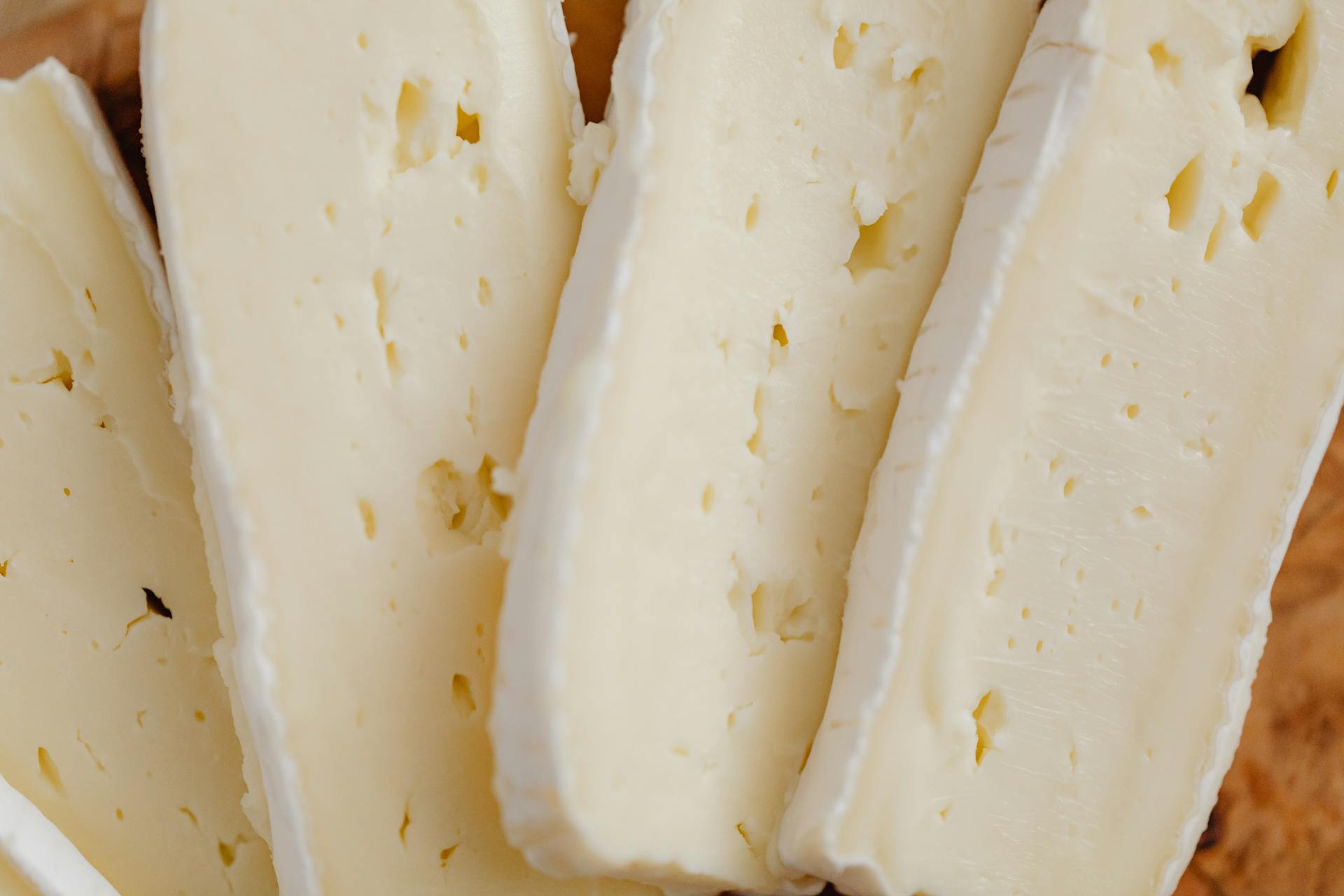
Specialty Cheeses
Gourmet cheeses like gouda, brie, and even basic blocks of cheddar are climbing in price. What used to be a fun splurge now feels excessive for many families. Some shoppers are going without, or choosing processed cheese alternatives. The cheese board isn’t quite what it used to be. Kaboompics.com / Pexels
Orange Juice
Rising prices and shrinking cartons have made orange juice less appealing. Citrus crop issues and plant diseases have driven production costs up. Many households are cutting juice altogether or switching to powdered mixes or water. It’s a breakfast change that might be here to stay. Pixabay / Pexels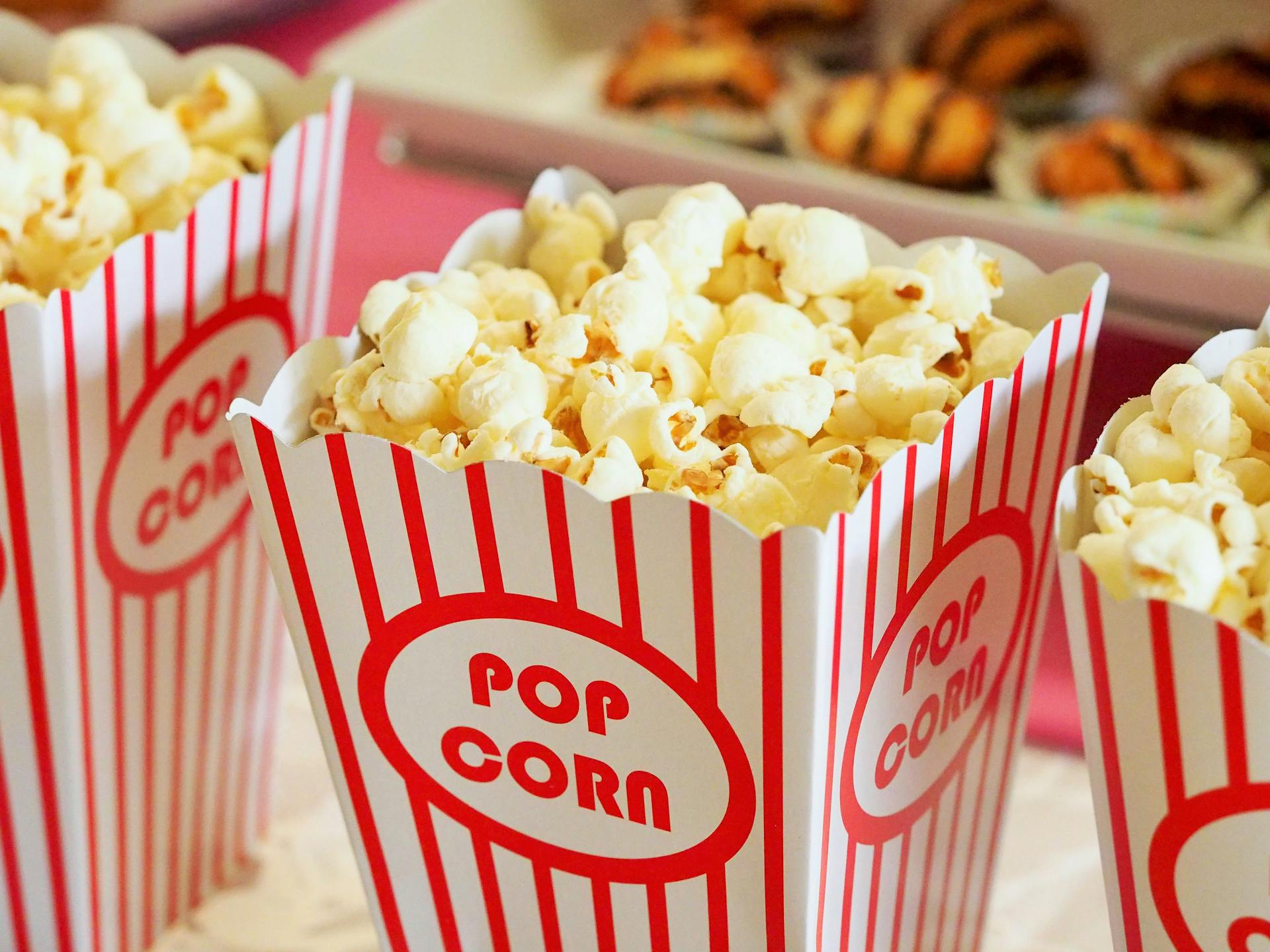
Buttered Popcorn
Microwave popcorn used to be a cheap treat, but butter and oil prices are pushing it into luxury territory. Some people are switching to air-popped kernels with DIY seasoning. It’s cheaper, healthier, and still satisfies the craving. Movie night doesn’t have to break the bank. Pixabay / Pexels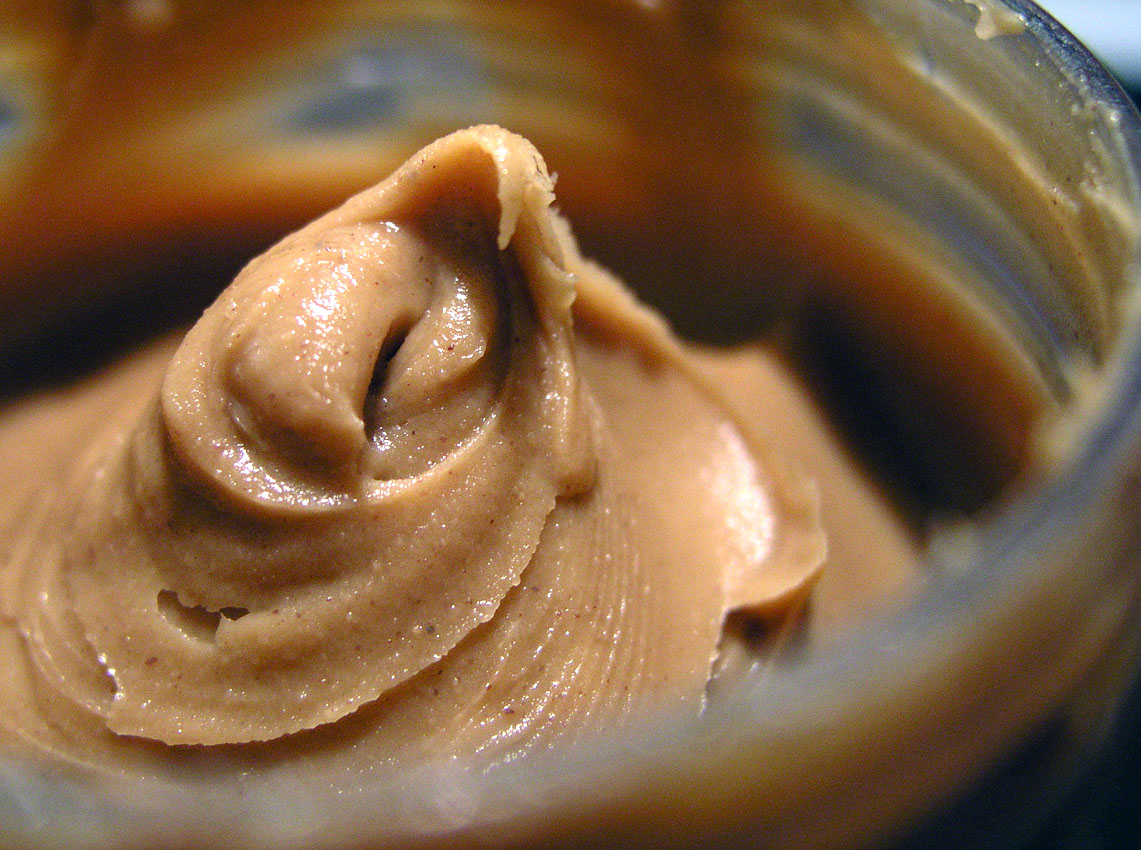
Store-Brand Basics
Even store-brand versions of basic groceries like pasta, bread, or canned vegetables have seen price jumps. Shoppers used to count on these items to stay affordable. Now, many are buying in bulk or waiting for sales. The idea of “cheap staples” isn’t what it used to be. PiccoloNamek at English Wikipedia, CC BY-SA 3.0 http://creativecommons.org/licenses/by-sa/3.0/, via Wikimedia Commons